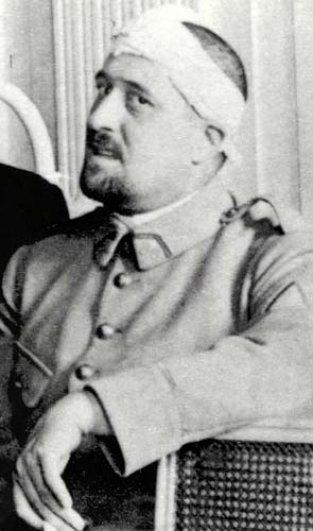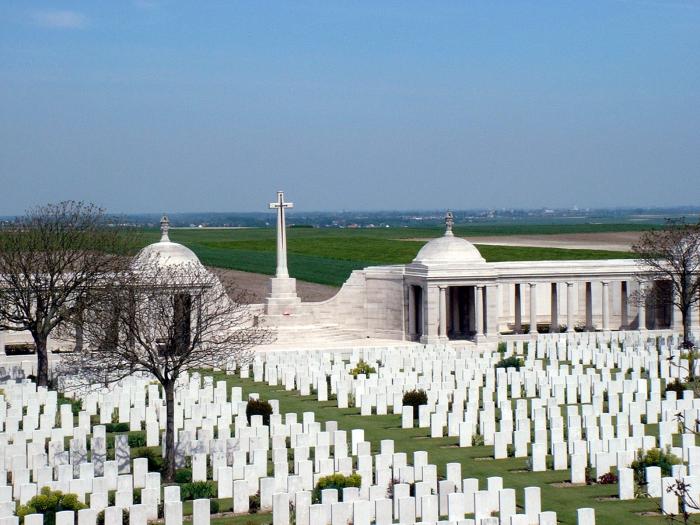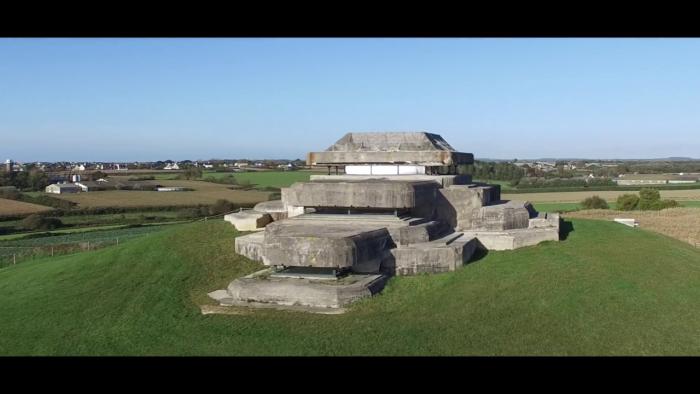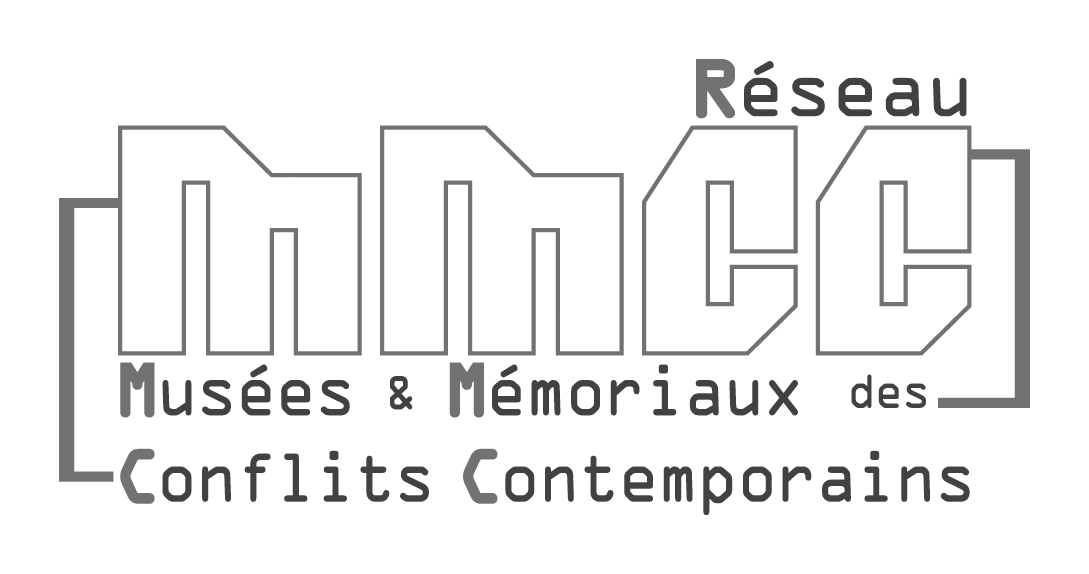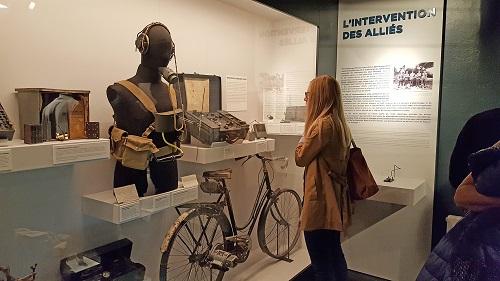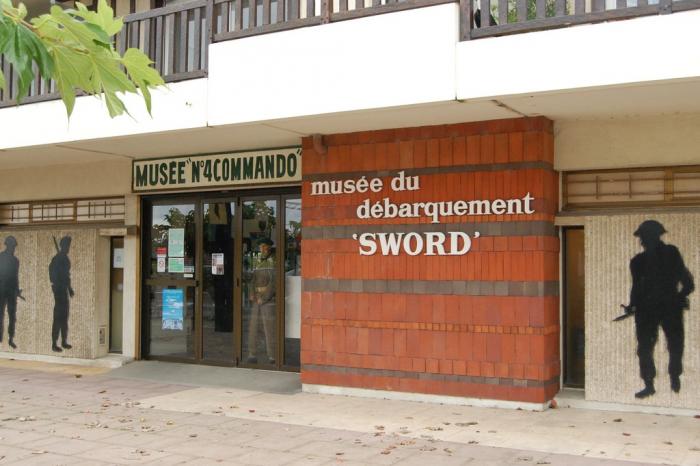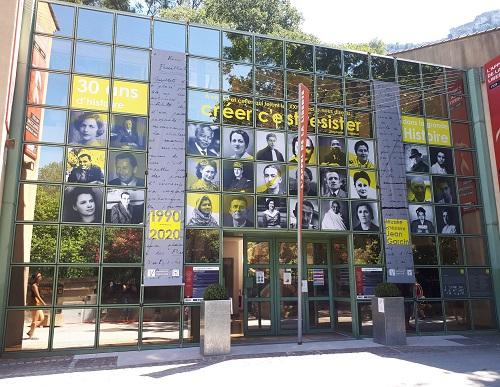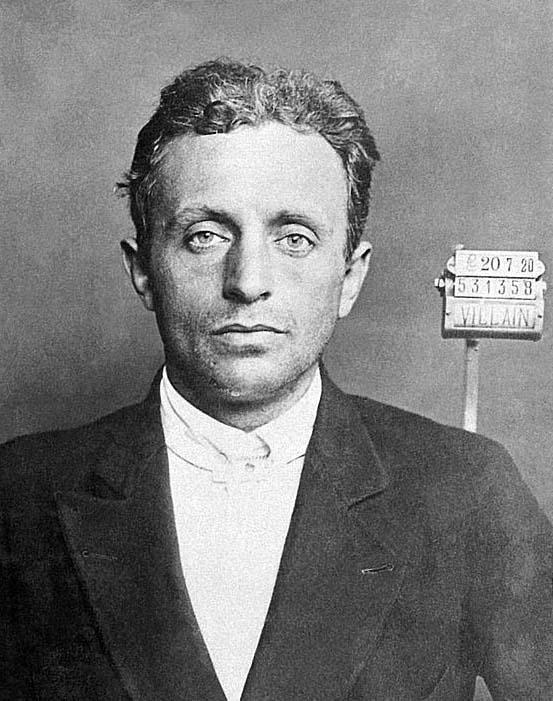
Anthropometric record card. © Préfecture de Police
Raoul Villain was born in Reims on 19 September 1885 and died in Ibiza on 17 September 1936. He assassinated Jean Jaurès on 31 July 1914, on the eve of the start of World War I. He was acquitted at his trial in 1919.
Nationalist student
Raoul Villain was the son of Louis Marie Gustave Villain, head clerk of the civil court in Reims, and Marie-Adèle Collery, who suffered from mental illness and was interned at the asylum in Châlons-sur-Marne in 1887. His paternal grandmother, Émélie Alba, had also shown signs of brain disorders. During his grandmother’s funeral, before her tomb, he declared, "There are people who are playing Germany’s game and they deserve death!" shortly before he assassinated Jean Jaurès. He had an elder brother, Marcel Villain, court clerk, aviation lieutenant and Officer of the Legion of Honour, notably for his battle exploits during World War I.
Raoul Villain studied at the Jesuit middle school in the faubourg of Cérès, then at the high school in his home town, but he did not complete his studies. In October 1905, he enrolled at the École Nationale d'Agriculture in Rennes, where he came down with typhoid fever in November 1905, and nearly died. His police file states that, "before his military service he was considered a very serious young man, very gentle, well raised," he "kept no bad company, did not go to the cafés, nor to shows".
In November 1906, he was incorporated into the 94th Infantry Regiment in Bar-le-Duc, but was discharged in 1907. In June 1909, he received his diploma from the school in Rennes, ranking 18th out of 44. He worked in agriculture for six weeks in the arrondissement of Rethel, then came back to Reims to his father’s house. He went to Alsace in September 1911. From October 1911 to 29 June 1912, he was an invigilator at Collège Stanislas, with authorisation to prepare for the Baccalaureate. His rhetoric teacher, Abbot Charles, said that "he seemed unhappy to be alive. His compositions lacked depth, logic and consistency. One day I expressed my fears concerning the threat of war. Villain listened to me. He answered, "the enemies from the outside are not the most dangerous". He was gentle and polite with everyone, but never connected with anyone and was let go for his lack of authority. In 1912, he spent six weeks in London and about ten days in Loughton, to which he returned in 1913. He stayed with Mrs Annie Francis, who, according to The Observer of 6 June 1915, described him as "a gentle and very kind man". In March and April 1913, he also went to Greece, visiting Athens and Ephesus. In June 1914, he enrolled at the École du Louvre to study archaeology. According to his police file, "for seven years, the father has always spoken of his son Raoul with sadness. He had become exalted, unstable, affected by religious mysticism". He only came to Reims twice a year and "gave no details about his lifestyle in Paris, where he lived alone for four years".
A member of Le Sillon, Marc Sangnier’s Christian social movement, until it was condemned by Pius X in 1910, he then joined the “Ligue des Jeunes Amis de l'Alsace-Lorraine”, a group of far-right ultra-nationalist students, where he played an effective role, he reproached Jaurès for being against the law requiring three years of military service.
Assassination of Jean Jaurès
Little by little, Raoul Villain got it into his head to kill Jaurès. He bought a revolver and started stalking the Socialist leader, scribbling down incoherent notes on his habits in his wallet.
On Friday, 31 July 1914 at 9.40 pm, Jaurès was dining with his colleagues, sitting on a bench with his back to an open window at the Café du Croissant, 146 rue Montmartre, in Paris (2nd arrondissement). Raoul Villain violently drew back the curtain, raised his fist armed with a revolver, and shot twice. A bullet struck the Socialist orator in the head and he immediately collapsed.
The shooter tried to get away, running toward the rue de Réaumur, but was seen by Tissier, a layout man at L'Humanité, who followed him, hit him over the head with his cane and immobilised him on the ground with the help of a policeman. Taken to the police station, he cried, "Don’t tie me so tight, I don’t want to get away. Just take the revolver in my left-hand pocket. It’s not loaded."
This assassination, which took place three days before the start of World War I, helped to trigger the hostilities by rallying the left together, including some hesitant Socialists, in a "Sacred Union".
The trial
Awaiting his trial, Raoul Villain spent World War I in prison. In a letter sent to his brother from La Santé Prison on 10 August 1914, he stated, "I shot down the spokesman, the great traitor of the period of the three-year law, the big mouth who covered all the calls for Alsace-Lorraine. I punished him, and that was the symbol of a new era, both for the French and for Foreigners". The inquiry was led by the investigating magistrate, Drioux.
The trial opened on 24 March 1919 before the criminal court of the Seine in a context of patriotism, after fifty-six months of preventive detention. The accused was defended by attorneys Henri Géraud and Alexandre Bourson, aka "Zévaes", a former Socialist member of parliament. On the last day of the debates, Villain declared, "I ask for forgiveness for the victim and for my father. The pain of a widow and an orphan will leave no room for joy in my life". The popular jury was asked to answer two questions "1) Is Villain guilty of voluntary homicide on the person of Jaurès? 2) Was this homicide committed with premeditation?". After a short period of deliberation, the jury, by a vote of eleven to one, answered no on 29 March 1919. Raoul Villain was acquitted. The President of the Court ordered that he should be released and praised him for being a good patriot. The Court issued a degree granting one franc in damages to the plaintiff, and ordered the plaintiff to pay trial expenses to the State. Mrs Jaurès was therefore condemned to pay court costs.
In reaction to the verdict, Anatole France sent a short letter from his property, La Béchellerie, to the editors of L'Humanité, printed on 4 April: "Workers, Jaurès lived for you, he died for you. A monstrous verdict has proclaimed that his assassination was not a crime. This verdict makes outlaws of all of you, you and everyone who defends your cause. Workers, beware!" As soon as it was published, the letter gave rise to a demonstration organised by the Union de Syndicats and the Fédération Socialiste de la Seine on Sunday 6 April, following avenue Victor-Hugo all the way to Passy, where Jaurès had lived.
The death of Raoul Villain
In April of 1919, Raoul Villain had to leave Auxerre suddenly after hostile demonstrations organised by the workers’ unions. He returned to anonymity in Paris, staying at No. 7, rue Jean-Lantier, under the name René Alba. He was arrested on 19 July 1920 for trafficking in silver coins at a café in Montreuil, at the corner of rue Douy-Delcupe and rue de Vincennes and, out of despair, tried to strangle himself to death. Freed on 23 July 1920, he was sentenced by the 11th Criminal Chamber on 18 October 1920 to just a one-hundred-franc fine due to his mental condition. In September 1921, he shot himself twice in the stomach at his father’s office at the Reims Courthouse in protest against his father’s opposition to his marriage plans.
He expatriated to Danzig, where he worked as a croupier, then to Memel (now Klaipėda), where he lived until 1926. He moved to the island of Ibiza, in the Balearic Islands off Spain, in 1932. He inherited some money and moved into a hotel near Santa Eulària, more precisely at Cala Sant Vicenç, where the locals called him "el boig del port" (the madman of the port). With the help of a few friends, Laureano Barrau, the Spanish impressionist, and Paul-René Gauguin, the painter’s grandson, he undertook to build a bizarre house on the seaside. The residence, which still exists, was never finished.
Soon after the Spanish Civil War broke out, on 20 July 1936, the military garrison and the civil guards of the island took the side of the Francoists. The Republicans in Barcelona sent a detachment under the direction of Commander Bayo to take back the Balearic Islands. It landed on Ibiza on 8 August. On 9 and 10 September 1936, a column of nearly five hundred anarchists under the "Cultura y Acción" banner, arrived on Ibiza, leaving one hundred and fourteen dead. On 12 and 13 September 1936, the island was bombarded by the Italian aviation and, in the confusion, the anarchists executed Raoul Villain.
He was buried at the cemetery in Sant Vicent de sa Cala on Ibiza and a funeral mass was celebrated at Saint-Remi Basilica in Reims. His tomb at the Cimetière du Nord in Reims bears his name (and calls up his memory) and is the renovated tomb of his parents. Despite the family’s requests, his remains were never transferred to Reims.
Why Raoul Villain was acquitted
Jaurès’ assassin, who was 29 years old in 1914, had a fragile personality. The younger son of the head clerk of the civil court in Reims, he suffered from a serious heritage: his mother was in an insane asylum and his paternal grandmother suffered from a mystical delirium. After his incomplete secondary studies and years of uncertainty, he enrolled at the École Nationale d'Agriculture in Rennes in 1906, where he came down with typhoid fever that left him with nervous sequelae. Once cured, he did his military service, completed school, but gave up on being an agricultural engineer. He was attracted by Marc Sangnier’s social Catholicism and, in 1904, he joined Le Sillon, where he found the emotional warmth he had lacked. His appears to have begun to become unstable after the movement’s condemnation by Rome in 1910. Obsessed with Alsace and Lorraine, he joined the at Ligue des Jeunes Amis de l'Alsace-Lorraine the end of 1913 or the beginning of 1914, an organisation that included nationalists who were hostile to the regime, but also steadfast Republicans.
Villain knew that Jaurès was opposed to a three-year military service and that he had threatened a strike against the war. From then on, he saw him as "the big mouth" that had to be taken out. After seeing the antimilitarist demonstrations in Paris on 29 July 1914, his hatred for Jaurès grew. He bought a Smith and Wesson and, on 31 July at 9.40 pm, he committed the irreparable at the Café du Croissant, where Jaurès was dining with about a dozen friends. He was immediately arrested.
Initially scheduled for 1915, his trial was not held until 1919. Viviani, the President of the Council of Ministers who feared for the "Sacred Union", had asked the general prosecutor of the Seine to sign a postponement order; all of his successors did the same. After nearly five years of "preventive detention", an unusually long period that horrified the Human Rights League and some of Jaurès’ friends such as the journalist Séverine, Raoul Villain’s trial was held from 24 to 29 March 1919. He was defended by attorneys Zévaès and Géraud, while Paul-Boncour and Ducos de la Haille represented the plaintiff. On 29 March, the jury – deliberating alone – considered that Villain was not guilty; the President of the Cour d'Assises therefore acquitted him. Commentators denounced the attitude of the jury members, pointing out their age (all were over 50) and their bourgeois condition. Actually, alongside a rentier and a veterinarian, there was one employee and several artisans.
Above and beyond his heredity, various factors can explain the verdict. The plaintiff’s attorneys ignored Villain and concentrated their closing arguments on Jaurès’ memory. They called more than 40 witnesses (only 27 showed up), which made the trial drag on, no doubt much to the discontent of the jury members who were kept away from their daily business. To demonstrate that Jaurès’ ideas about the motherland and the army were distorted, attorney Paul-Boncour committed the imprudence of reading long excerpts from L'Action Française and from pamphleteer Urbain Gohier, with the risk of giving a very bad image of Jaurès. Villain’s attorneys, on the other hand, were very skilful. Lastly, acquittals were not uncommon at the time (Henriette Caillaux was acquitted in 1914, as was Germaine Berton in 1923).
It is commonly believed that Louise Jaurès had to pay court costs, but there are no official documents attesting to that. The court proceedings make no mention of this point and the newspapers give contradicting accounts.
The verdict was followed by huge protest demonstrations. Raoul Villain went on to live an adventurer’s life and was murdered on Ibiza in 1936 by a Spanish Republican or Anarchist according to some, by a Frenchman fighting in Spain according to others.






